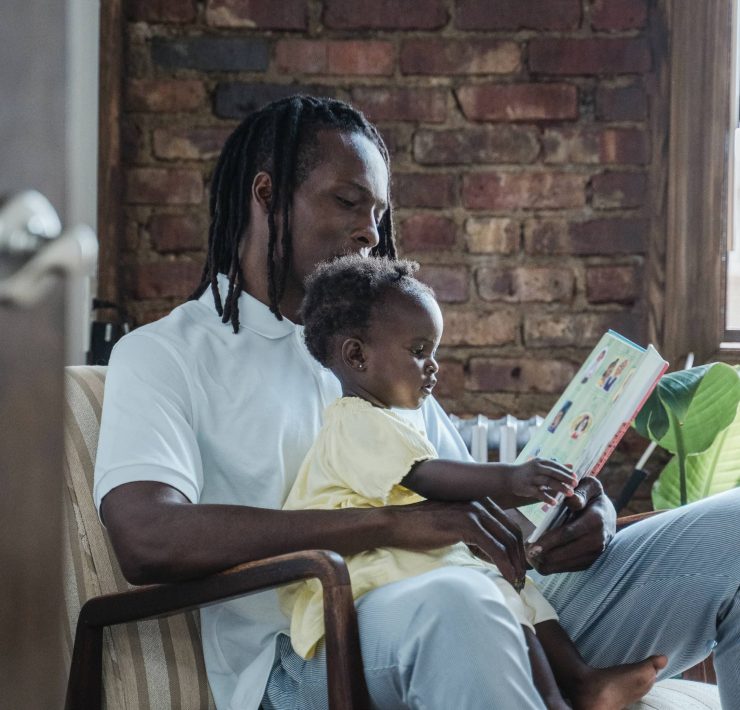Conversation with a Plant

Anselm Adodo is the Director of Africa Centre for Integral…
ME: Good morning, dear plant! I am curious to learn how you protect yourself from attacks and diseases. Can you share your defence strategies with me?
PLANT: Good morning! Ah, defence mechanisms are crucial for my survival. I have developed several ways to protect myself. Let us start with physical barriers. I have tough outer layers like bark, thorns, spines, and prickles, making it difficult for herbivores to reach my tissues. Additionally, I form a waxlike shield on my leaves and stems, which acts as a barrier against water loss and pathogen entry. People can learn from this by setting boundaries to protect themselves from harmful influences, habits, ways of thinking, or people.
ME: That’s fascinating! So, physical barriers help keep pests and pathogens away. Are there any chemical defences that you utilize as well?
PLANT: Yes! I produce a wide range of chemical compounds that serve as chemical defences. These compounds can deter pests, inhibit the growth of pathogens, or even attract beneficial organisms. For instance, when I am under attack, I synthesize antimicrobial compounds called phytoalexins to limit the spread of pathogens. I also produce phenolic compounds like tannins and lignin, which provide structural reliability to my tissues and have antimicrobial properties to ward off pathogens. Other examples are alkaloids, phenolics, terpenoids, and flavonoids. Humans often use these secondary compounds for their health benefits.
ME: That’s impressive! Do these chemical defences include any volatile compounds?
PLANT: I produce essential oils that contain volatile compounds. These compounds have antimicrobial and insecticidal properties. They can repel pests and inhibit the growth of microorganisms that might harm me. These essential oils play an important role in protecting me from various threats. The excess is used by humans for their own health needs.
ME: It is incredible how you have developed such a sophisticated defence system! Do you have any other ways of protecting yourself?
PLANT: Certainly! Another fascinating defence mechanism I employ is called induced systemic resistance (ISR). When pathogens or pests attack me, I activate my defence responses at the site of the attack and throughout my entire system. I produce defence-related compounds like salicylic acid and jasmonic acid, which trigger immune responses and enhance my resistance to subsequent attacks. This systemic defensive mechanism assists me in fortifying myself against potential threats. Assume, for example, that some animals continue to come in huge numbers to eat my leaves. In that instance, I will use ISR to boost the production of a more bitter and toxic molecule in the leaves to deter the animals.
ME: That’s amazing! I am also curious about any symbiotic relationships you may have that contribute to your defence.
PLANT: Symbiotic relationships are indeed necessary for my defence. I form mutual associations with certain fungi called mycorrhizae. These fungi help me absorb nutrients and water more efficiently, which boosts my overall health and resilience against dangers. By forming these beneficial partnerships, I gain an extra layer of protection and support. In the plant world, the orientation is cooperation rather than competition.
ME: It is truly fascinating to learn about your defence strategies! You have an incredible ability to adapt and protect yourself.
What's Your Reaction?
Anselm Adodo is the Director of Africa Centre for Integral Research and Development, Nigeria and founder of Arica's foremost herbal research Institute, the Pax Herbal Clinic and Research Laboratories (Paxherbals). His research interest is Phytomedicine, Taxonomy of African medicinal plants, indigenous knowledge systems, rural community development, Africanized economic models, health policy reform, and education transformation in Africa. Apart from publications in journals, magazines, national dailies and peer-reviewed journals, Anselm has written more than ten books. He is an adjunct visiting lecturer at the Institute of African Studies, University of Ibadan, Nigeria, an Adjunct Research Fellow of the Nigerian Institute of Medical Research, a Fellow of the Nigerian Society of Botanists, a Research Associate at the University of Johannesburg, South Africa, and an adjunct professor at Morehouse School of Medicine, Atlanta, Georgia, USA.

















